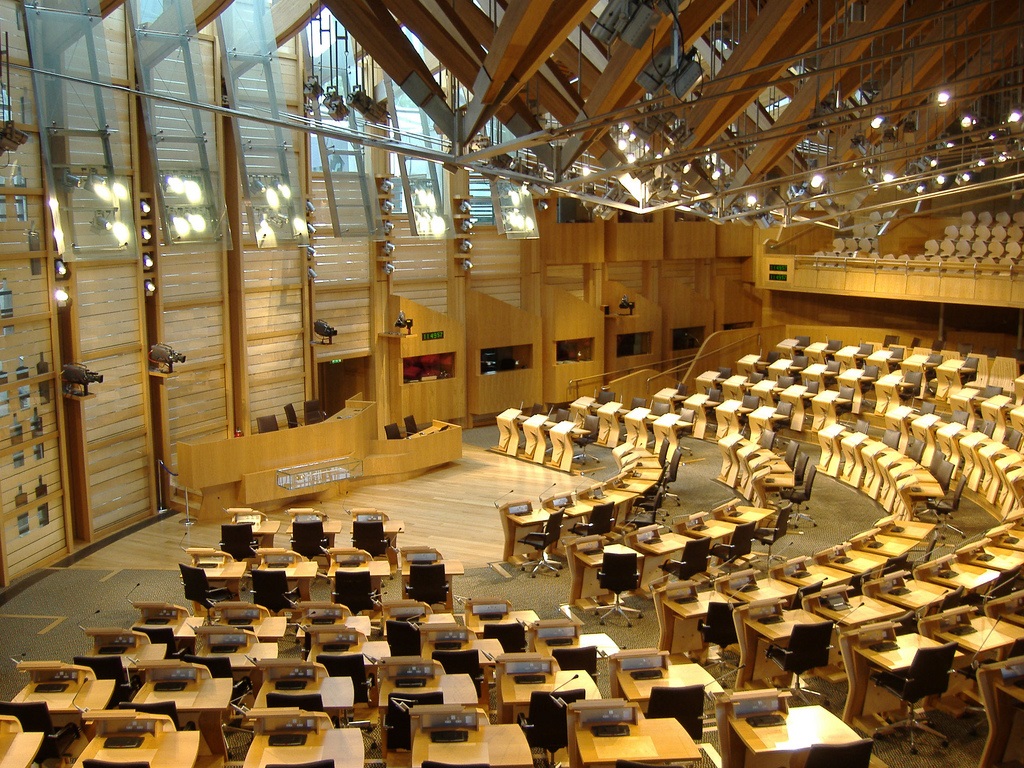The Scottish Parliament Information Centre (SPICe) has published new estimates of income tax revenue for Scotland, using EUROMOD, the tax-benefit microsimulation model developed at ISER.
The briefing Income Tax in Scotland: 2017 update provides information on income tax in Scotland, including legislation, recent policy developments, and facts and figures on Scottish taxpayer numbers, their incomes and income tax liabilities. It also discusses behavioural responses to reforms and includes modelling of illustrative changes to income tax in 2018-19 taking into account all Government announcements before the 2018-19 Scottish draft Budget presented on December 14th 2017.
Following a change in UK law, from April 2016 Scotland has been responsible for setting its own income tax rates. In 2017-18, the Scottish Government opted to leave the higher rate threshold unchanged at £43,000 while the UK Government increased its higher rate threshold to £45,000. All other rates and thresholds remained in line with the rest of the UK (rUK). This means that higher and additional rate non-savings, non-dividend (NSND) taxpayers in Scotland will pay up to £400 more than their counterparts in the rest of the UK during the 2017-18 fiscal year. Moreover, the interaction of the UK and Scottish tax systems creates some anomalies. Most notably, as national insurance contributions (NICs) are linked to UK Government tax thresholds, those earning between £43,000 and £45,000 in Scotland pay tax at an effective rate of 52%. This is because these earners are subject to both the 40% higher rate of tax and the 12% NIC rate (which falls to only 2% above £45,000).
The distribution of taxpayers in Scotland differs from the UK as a whole, especially at the top end of the income distribution. Across the UK, almost 40% of income tax is paid by those earning more than £100,000. This compares with only 28% in Scotland. The Scottish Government estimates their higher rate policy will generate a boost of £150m. The new research presented by SPICe, using EUROMOD, predicts that an increase of 1p on the basic rate in 2018 would generate a further £380m.
The SPICe estimates of NSND income tax revenues are based on analysis using EUROMOD and a slightly modified version of the Family Resource Survey (FRS) from 2014-15. The latest release of tax and benefit rules in EUROMOD are for 2017-18. For the 2018-19 scenarios modelled by this briefing, SPICe has adjusted the personal allowance and higher rate threshold to reflect anticipated policy parameters for 2018-19.
